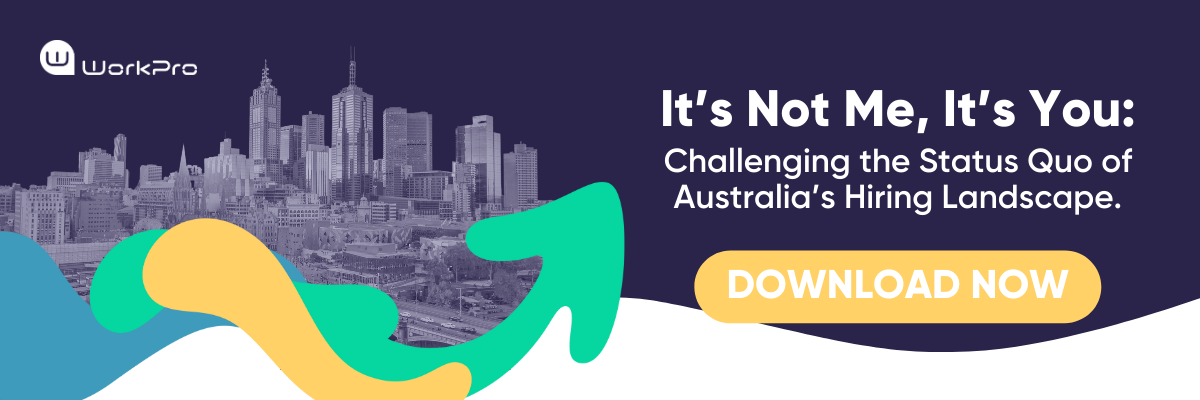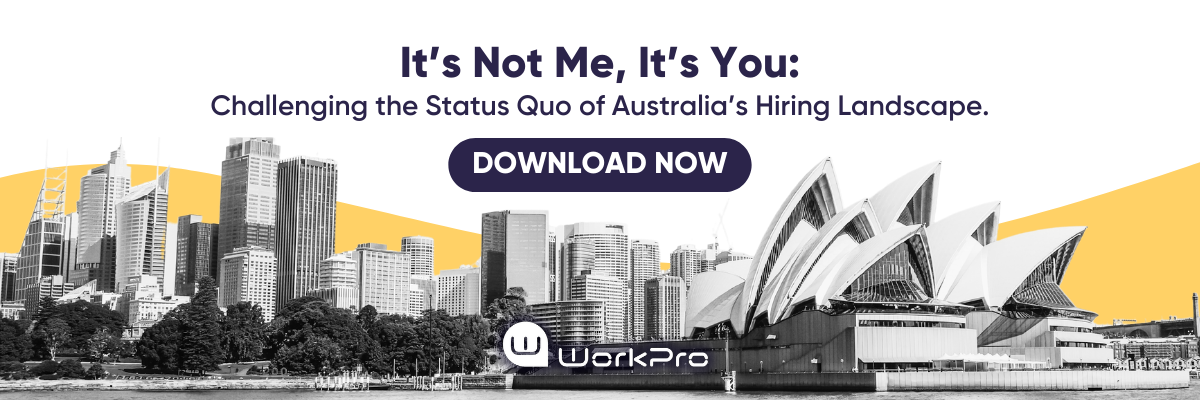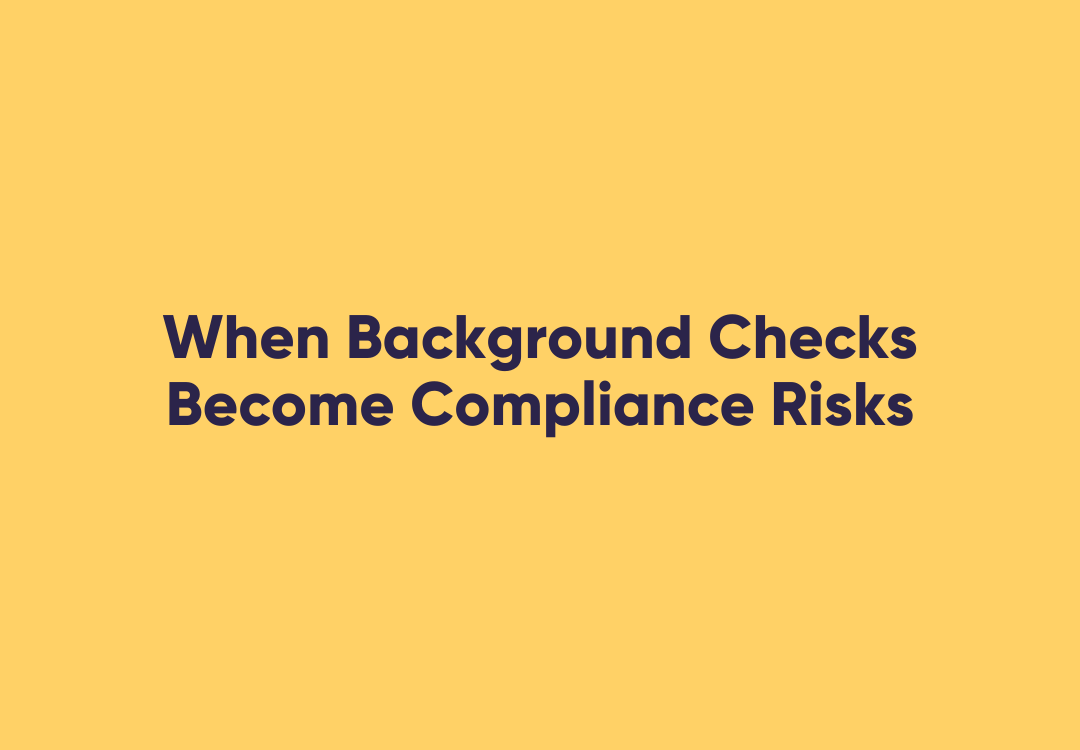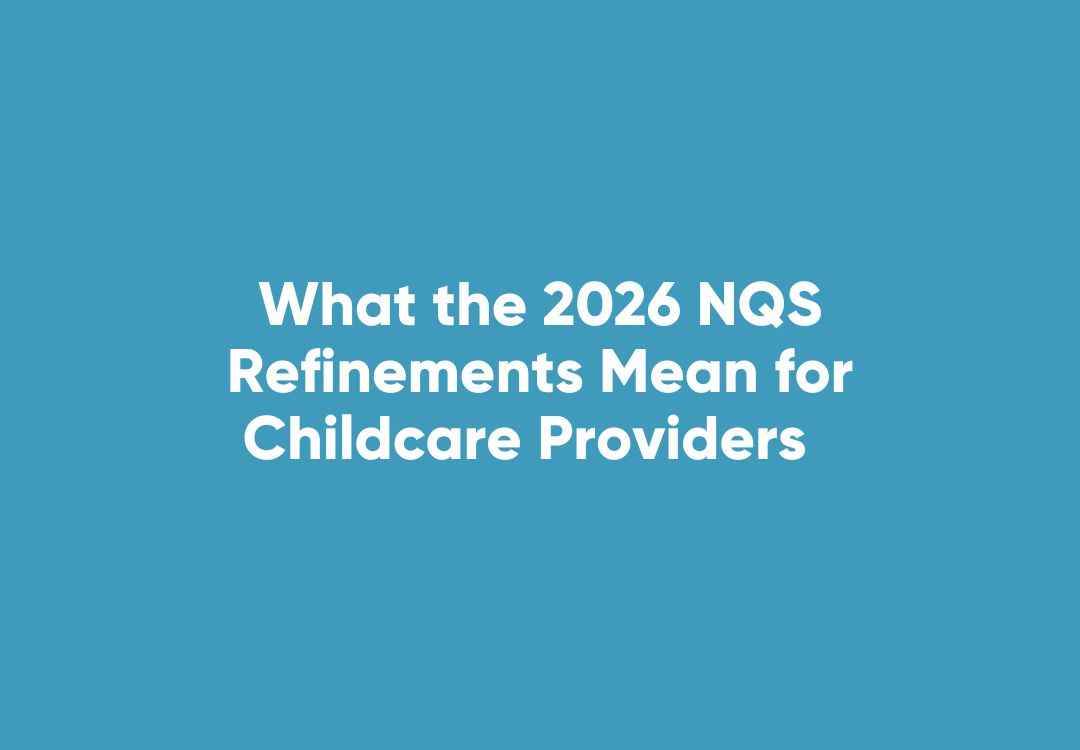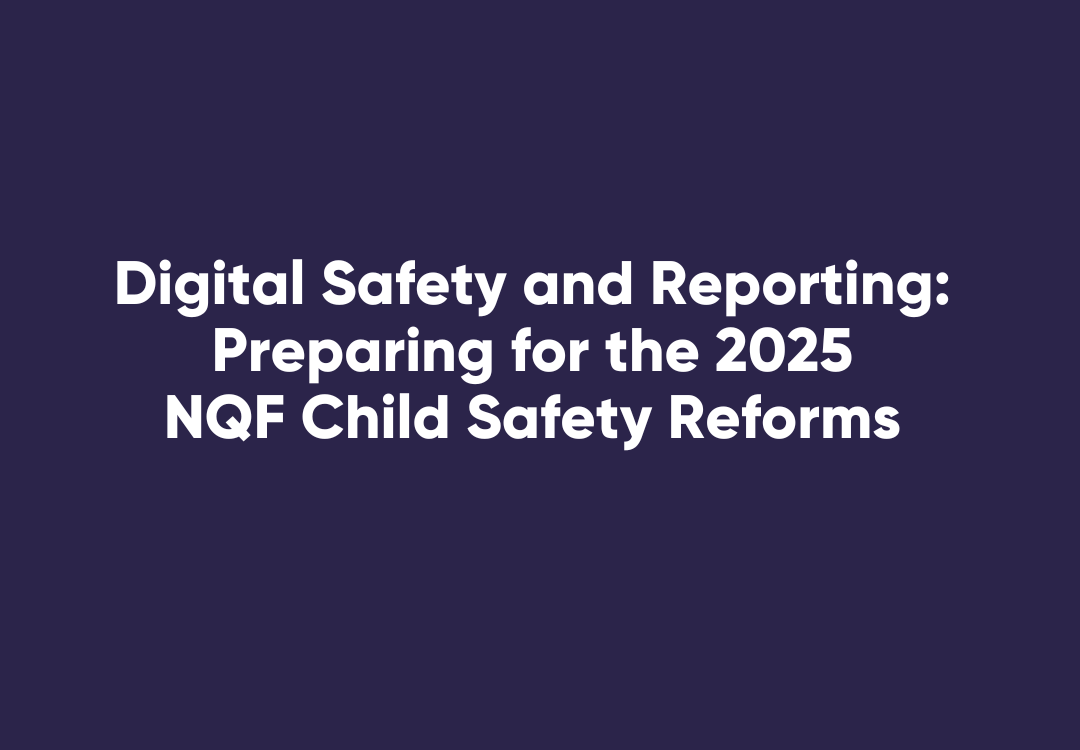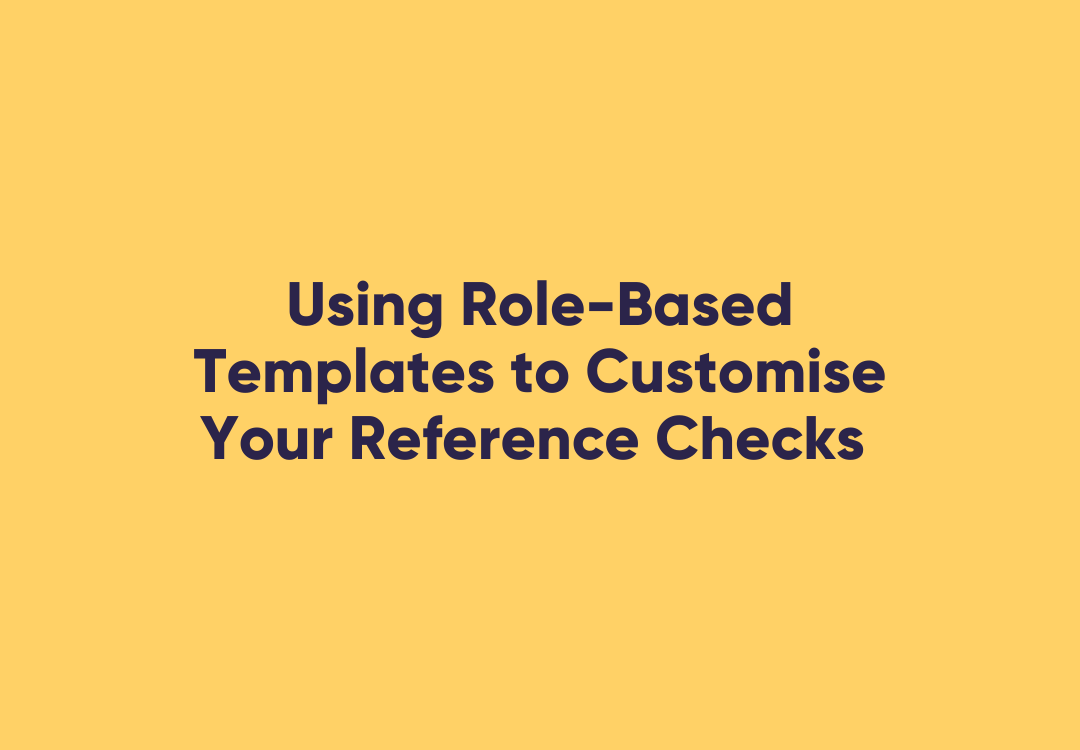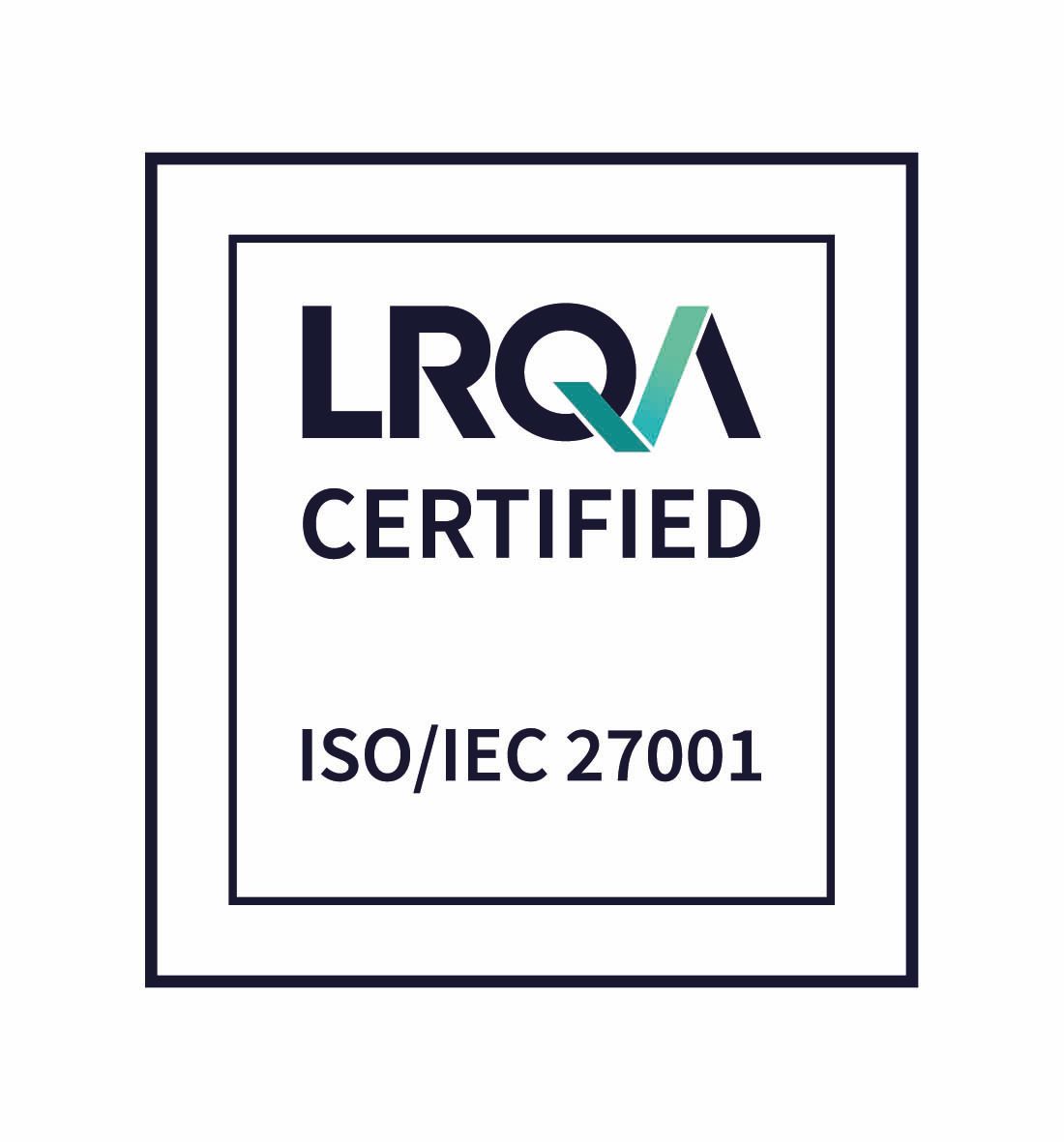It’s Not Me, It’s You - Questioning the Dream Job Wait-Time Fallacy
Recruitment continues to evolve, yet the age-old belief that "Candidates will wait for their dream job" has long been held as an unchallenged status-quo.
As we steer through the intricacies of the digital era and as the workforce becomes more dynamic, isn't it time to scrutinise this longstanding belief? Let’s turn the spotlight onto this particular belief, breaking it down to its core.
WorkPro's groundbreaking whitepaper, "It's Not Me, It's You: Challenging the Status Quo of Australia's Hiring," surveyed over 2000 candidates in the thick of the hiring process. The feedback we received has shaken some of the tried-and-true notions about hiring times, job information transparency, and recruiter-focused processes.
This whitepaper isn't just another report; it's a toolkit designed to equip recruiters, HR experts, and Talent Acquisition teams with the insights they need to upend outdated recruitment practices. In short, it's the spark we need for real change in Australia's hiring landscape.
So, let’s dig a bit deeper: Are candidates really willing to hold out for their dream job, or is this idea outdated in today's job market?
The digital era and a fast-paced job market have significantly altered the landscape, dispelling the romantic notion that candidates will willingly wait for their 'dream job'.
Consider the 25-34 age bracket, which makes up a remarkable 37.1% of all job seekers. These individuals are not only in the prime of their careers but are also more transient than ever before, hopping from one job to another. In fact, 42.7% have switched roles twice within the past two years. The message is clear: this age group won’t wait around for slow-moving recruitment processes.
Speaking of speed, candidates want quick responses. Over half (57.4%) of job seekers received an offer in less than two weeks from application. What's more, almost half (44.4%) are not willing to wait more than a week post-interview for a decision. Delaying the process isn't just an inconvenience; it's a deal-breaker.
Let's talk flexibility.
The job market has seen a seismic shift away from industry-specific roles toward more transferable skills. Around 60.6% have been offered jobs in industries entirely new to them, solely based on their versatile skill set. This flexibility also extends to education; while most find their academic background beneficial, a third don't think it's crucial to their job, valuing real-world skills instead.
The modern candidate also yearns for clear communication and transparency. With 42.2% expecting a reply within days of applying and 38% saying they appreciate a transparent application process, it's obvious that candidates no longer have the patience for vague or delayed feedback.
Job seekers are also very savvy about the methods they employ to find work, using everything from job boards to direct recruiter contact. They are proactive and won’t sit idly, waiting for opportunities to come their way.
So, what's the takeaway for recruiters and employers? It’s a candidate-driven market. Hiring strategies must adapt to these rapidly changing behaviours and expectations. Sluggish recruitment processes, opaque communication, and a narrow focus on industry-specific skills are outmoded strategies that won't cut it anymore.
In conclusion, the landscape of recruitment has shifted in seismic ways, and any outdated notions you may hold about candidates willingly enduring a long wait for their 'dream job' are just that—outdated. This new landscape demands agile, transparent, and candidate-centric recruitment strategies. If you're still relying on yesterday's approaches, you risk not just falling behind but becoming obsolete.
Don't miss the opportunity to be ahead of the curve. For actionable insights, real-world data, and strategies you can implement today, download WorkPro's groundbreaking whitepaper, "It's Not Me, It's You: Challenging the Status Quo of Australia's Hiring." This isn't just another report—it's your guide to leading change in your organisation.


